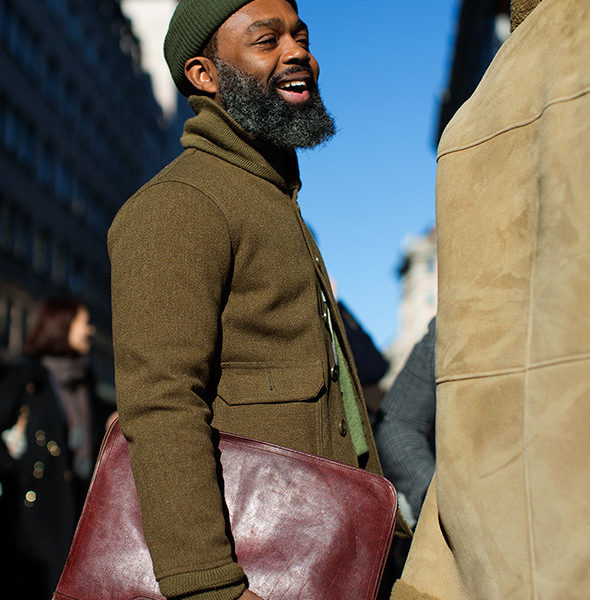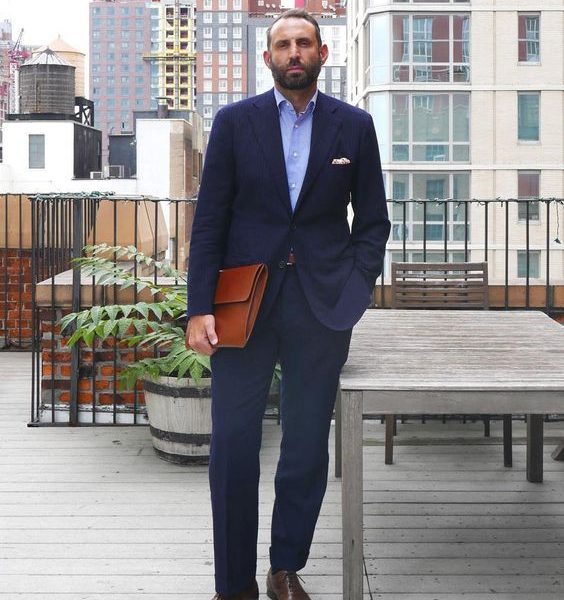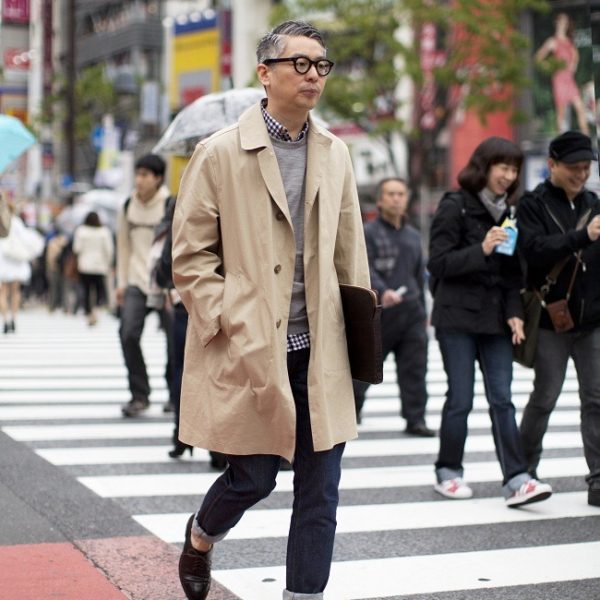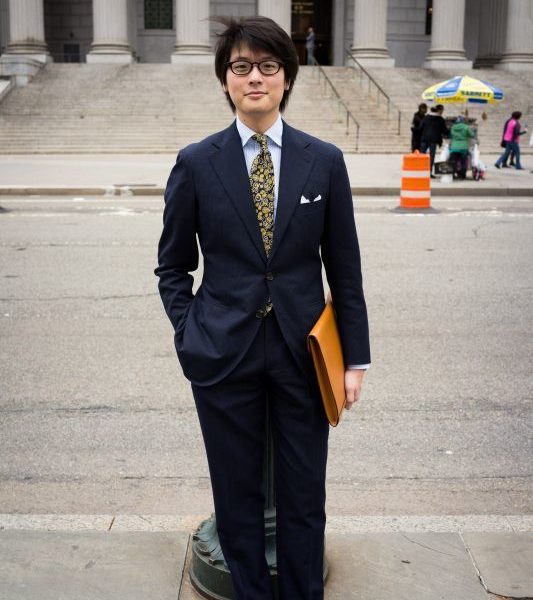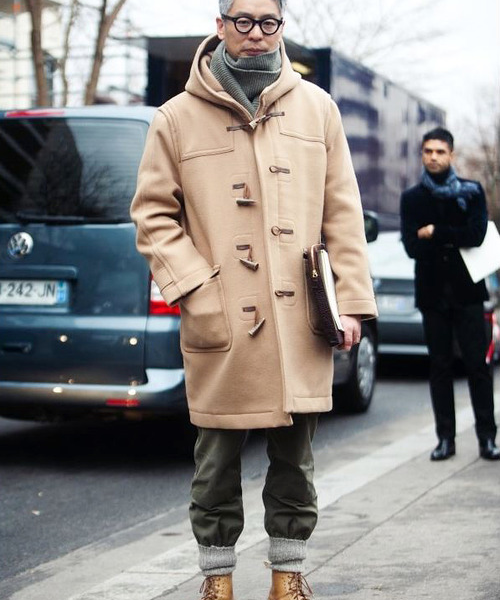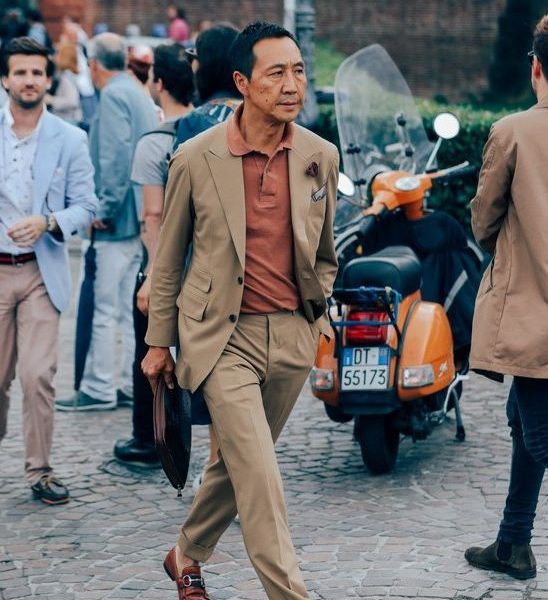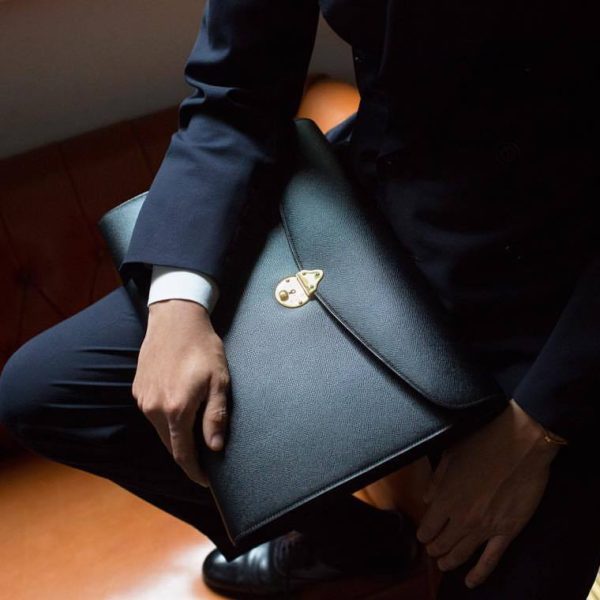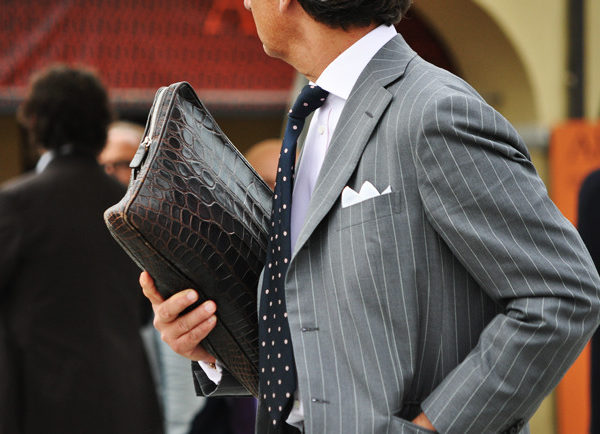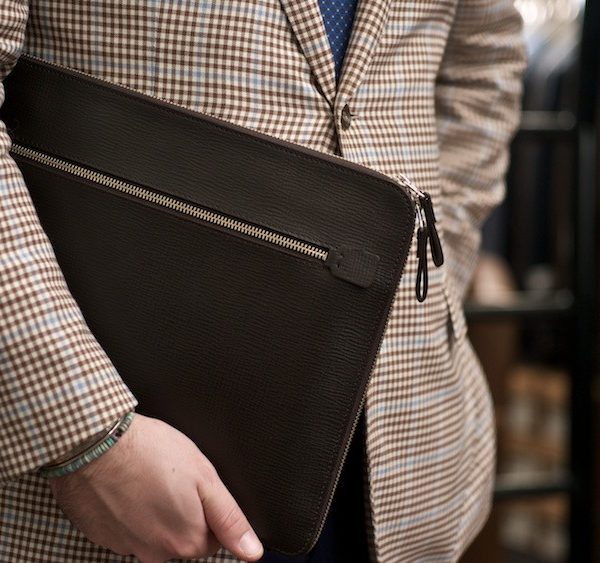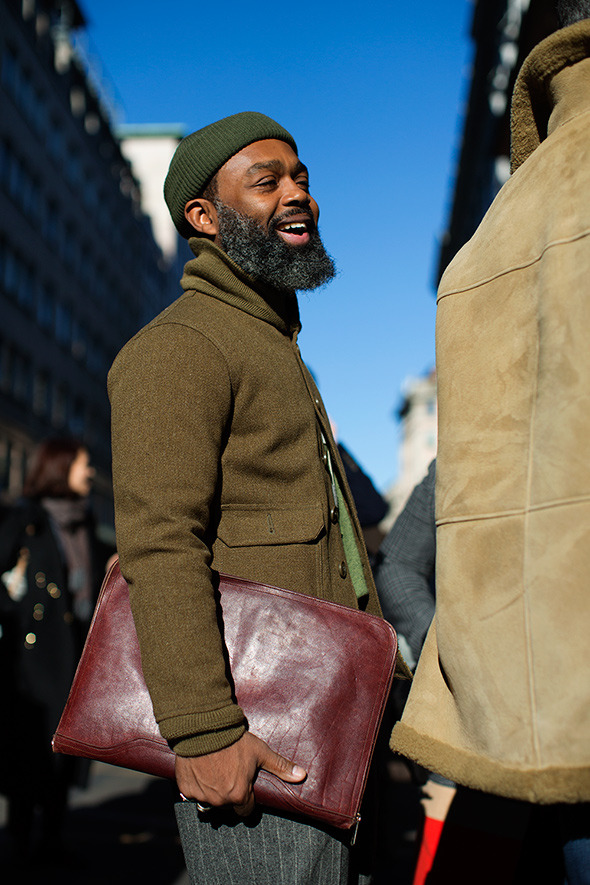
I love a good bag, but as my work has become more and more digital over the years, I find myself reaching for a folio more than anything else. Something just big enough to hold a laptop and its accompanying charger. Or maybe an iPad and a small book. In today’s world, where everything is electronic, I rarely find myself carrying much else.
There are lots of advantages to folios. For one, they’re easier to manage than a traditional briefcase. If you’re running through the city, climbing in and out of cabs, it’s easier to reach your belongings when you don’t have to fumble through a bunch of clasps or buckles. Plus, unlike a backpack, a folio doesn’t have any straps that could ruin the shoulder line of a tailored jacket.
The downside, of course, is that they don’t carry very much (by design). But who carries more than a couple of electronics nowadays? Lunch gets eaten on the go and I’m not health-conscious enough to carry around a water bottle. Plus, traditional bags can be heavy, which means I only break them out when I have to. Take it from the Japanese, who are often pictured with folios under their arms. If you’re walking around town all day, you’d be happy to not have to carry five or more pounds of luggage.
Some options:
For a relatively affordable folio, browse Etsy. I had this seller make me a zip case last year out of kilim fabric (a traditional and colorful Turkish textile). She can make cases to any size, and lightly pad the interior for some cushioning, although her zippers are a bit basic. Still, you can hardly complain for $20 (seriously, they’re that cheap). I also like Byrd & Belle and HarLex, if you’re looking for something made out of felt or leather.
For something a little nicer, but still equally casual, check La Portegna and Berg & Berg. Both offer simple cases made out of buttery veg-tanned leathers. Anyone who’s handled such leathers know, they scratch easily, but the scratches can also be easily rubbed out. Over time, you’ll find the light marks result in a handsome, well-earned patina. There’s also Postalco and Carga, although I find La Portegna and Berg & Berg’s magnetic closures easier to use.
For something a little dressier, I like Frank Clegg Leatherworks. Theirs are as close as you can get to a briefcase – good enough for corporate meetings, while still being lightweight and easy to manage. Tärnsjö Garveri also makes really nice tri-fold cases out of sturdy bridle leathers. The leather covered buckles give them a contemporary look. Similarly, Sterling & Burke, Swaine Adeney Brigg, Ben Silver, and Simpson have bridle leather cases that feel more traditional.
The cream of the crop for me is Ortus and Chester Mox. Both offer completely hand stitched leather cases, made using a technique known as saddle stitching (the same technique Hermes uses to make their leather goods). The constructions are as nice as I’ve seen anywhere, and both producers can make bespoke cases, giving you the option of almost any material and/ or color you could want. Ortus does have a year-long waitlist, although The Armoury carries one navy case ready-made. Chester Mox is more readily available (and considerably more affordable). You can see the folio Chester Mox made for me here.
There are dozens, if not hundreds, of other options – see RRL, JW Hulme, and McRostie (which, incidentally, would be my battle MC name if I had one). Mr. Porter, SSENSE, Need Supply, and The Loit are also worth a look if you want some designer pieces. One of my favorite folios is from Margiela (now unfortunately sold out).
